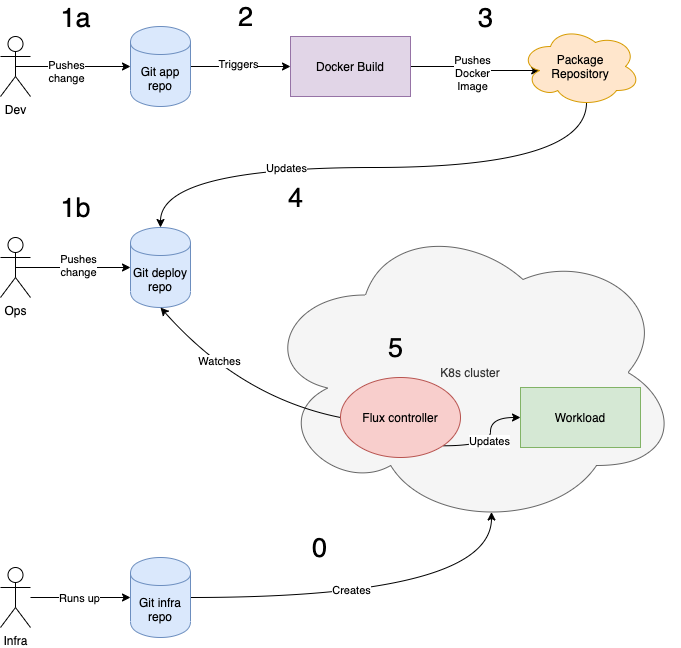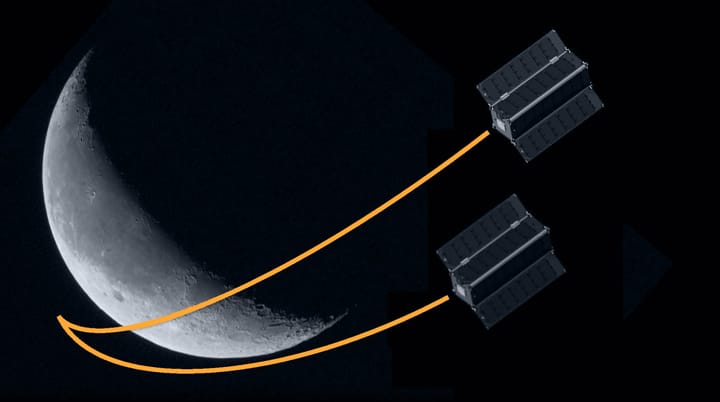
Overview of SLAM. What is SLAM? What are the uses of… | by Luis Bermudez | machinevision | Apr, 2024 | Medium
SLAM stands for Simultaneous Localization and Mapping. It is a technique used in robotics to solve the problem of building a map of an unknown environment while simultaneously localizing the robot within that map.
The main goal of SLAM is for a robot to navigate and explore an unknown environment, create a map of that environment, and at the same time, determine its own position within that map. This is done in real-time, without any prior knowledge of the environment.
SLAM is a fundamental problem in robotics because it enables robots to operate autonomously in unknown or dynamic environments. By using SLAM, robots can navigate, explore, and perform tasks in environments where pre-built maps are not available or may be outdated.
SLAM is used in various applications, including autonomous vehicles, drones, mobile robots, and even augmented reality systems. For example, in autonomous vehicles, SLAM allows the vehicle to navigate and build a map of its surroundings, enabling it to plan safe and efficient paths. In drones, SLAM helps in mapping the environment and maintaining stable flight. In augmented reality systems, SLAM is used to overlay virtual objects onto the real world accurately.
To achieve SLAM, robots typically use a combination of sensor data, such as cameras, lidars, or range finders, to perceive the environment. They also utilize algorithms that process this sensor data, estimate the robot’s position, and update the map as the robot moves.














:max_bytes(150000):strip_icc()/TAL-uber-taxi-nyc-UBERSHUTTLE0524-00595b05d99845b99ab003ac9b2ebcb2.jpg)






